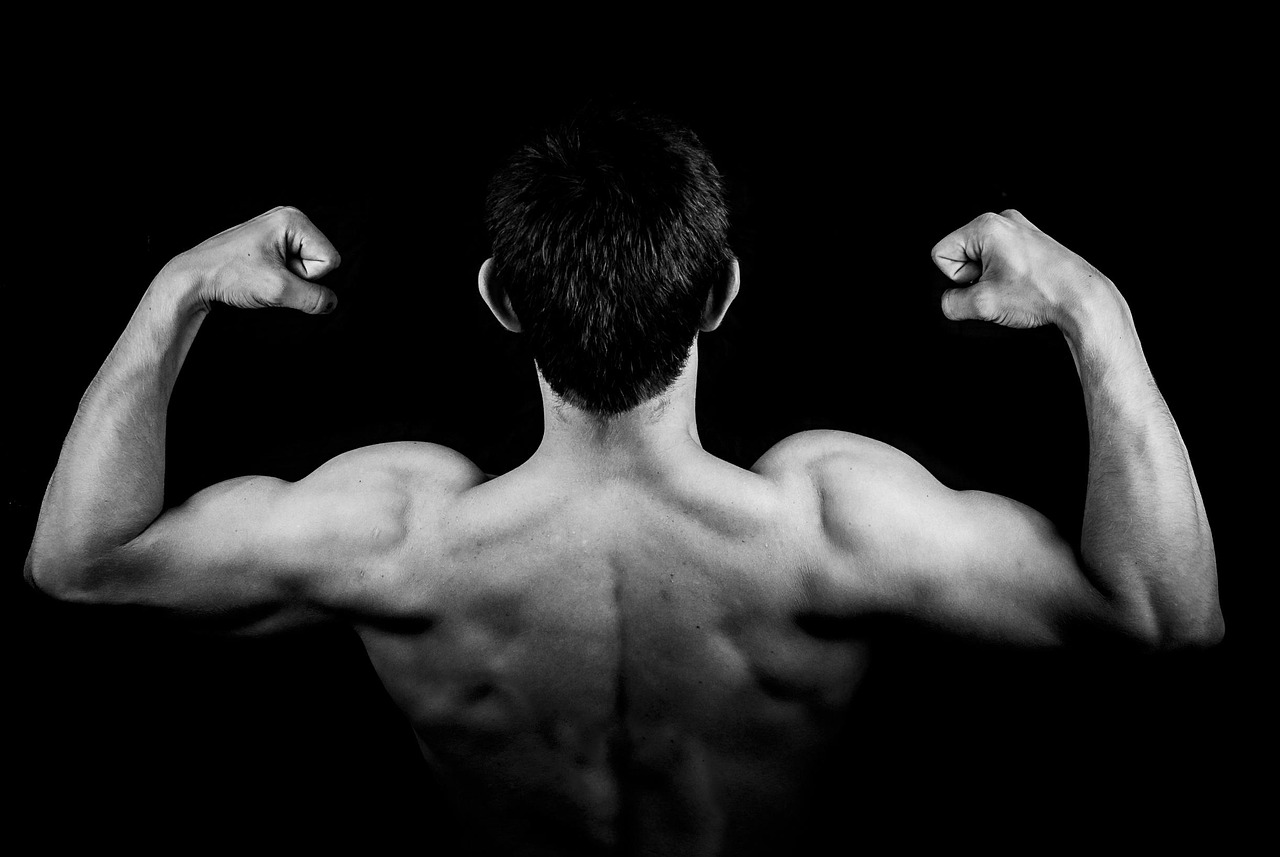Introduction to Website Design for Bloggers
In the realm of digital communication, having a strong online presence is crucial, especially for bloggers who rely heavily on their websites to share their ideas, stories, and expertise with the world. A well-designed website is more than just a pretty face; it’s a gateway to your content, your brand, and your community. As noted by many respected publications, a strong website design can make or break a blogger’s career, determining how their audience perceives them and engages with their work.
Understanding the Basics of Website Design
Website design encompasses a wide range of elements, including visual aesthetics, user experience (UX), and functionality. Each of these components plays a vital role in creating a site that is not only visually appealing but also easy to navigate and use. For bloggers, understanding these basics is key to translating their vision into a digital reality that resonates with their audience.
Visual Aesthetics: The First Impression
The visual aspect of a website is often the first point of contact between a visitor and the blogger’s brand. It includes everything from the color scheme and typography to the imagery and overall layout. Aesthetic appeal can be subjective, but certain principles, such as balance, contrast, and harmony, can guide the creation of a visually stunning website that immediately captures the visitor’s attention.
Enhancing User Experience with Design
User experience (UX) refers to how a person feels when interacting with a website. A well-designed website provides an intuitive and seamless experience, allowing visitors to find the information they need quickly and efficiently. This aspect of design is critical for bloggers, as it directly influences how long visitors stay on the site, how likely they are to return, and whether they will recommend the site to others.
Navigating the Digital Landscape
In today’s digital age, with the proliferation of devices and screen sizes, a blogger’s website must be adaptable. Responsive design, which ensures that a website automatically adjusts its layout to fit different screen sizes and devices, has become a staple of modern web design. Moreover, with the increasing importance of search engine optimization (SEO), a website’s design should also be optimized for search engines to improve visibility and reach a wider audience.
Content Strategy: The Heart of the Matter
While design is crucial, it’s the content that truly gives a website its value and purpose. A strong content strategy should be at the heart of every blogger’s approach, ensuring that what they post is relevant, engaging, and consistent. This not only attracts new visitors but also retains existing ones, fostering a loyal community around the blog.
Practical Tips for a Strong Website Design
For bloggers looking to enhance their website design, several practical steps can be taken:
- Invest in responsive design to cater to all devices.
- Choose a clean and simple aesthetic that reflects your brand.
- Optimize your website for search engines.
- Ensure your content is well-organized and easily accessible.
- Engage with your audience through comments and social media.
Addressing Common Challenges
Despite the importance of a well-designed website, many bloggers face challenges in achieving this goal. Limited budgets, lack of technical expertise, and the ever-changing landscape of web design trends can be daunting. However, with the rise of user-friendly website builders and design tools, creating a professional-looking website has become more accessible than ever.
Measuring Success: Analytics and Feedback
To understand how well a website is performing, bloggers need to look beyond aesthetics and delve into analytics. Tools that track visitor numbers, engagement, and demographics can provide invaluable insights into what works and what doesn’t. Furthermore, direct feedback from readers, either through comments, emails, or social media, offers a personal perspective on the strengths and weaknesses of the website.
| Metric | Description | Importance |
| Bounce Rate | High | |
| Page Views | Number of pages viewed by visitors | Medium |
| Engagement | Comments, shares, likes, etc. | High |
Frequently Asked Questions
Q: What makes a website design good?
A: A good website design is one that balances aesthetics, usability, and functionality, ensuring that it is visually appealing, easy to navigate, and provides a seamless user experience.
Q: How often should I update my website design?
A: While there’s no one-size-fits-all answer, it’s generally recommended to review and potentially update your design every 2-3 years to keep up with the latest trends and technologies.
Q: Can I design my website myself?
A: Yes, with the help of website builders and design tools, it’s possible for bloggers to create their own websites. However, for a more professional look, especially if you’re unfamiliar with web design principles, consulting a professional might be beneficial.
Conclusion: The Path Forward
In the ever-evolving world of blogging, a strong website design is not just a luxury but a necessity. It’s the foundation upon which a blogger’s online presence is built, influencing how their work is perceived and engaging their audience in a meaningful way. By understanding the importance of good design, addressing challenges, and continually seeking to improve, bloggers can ensure their website becomes a powerful tool in their arsenal, helping them connect with their audience and achieve their goals. As the digital landscape continues to shift, the significance of a well-designed website will only continue to grow, making it an investment worth considering for any serious blogger.
